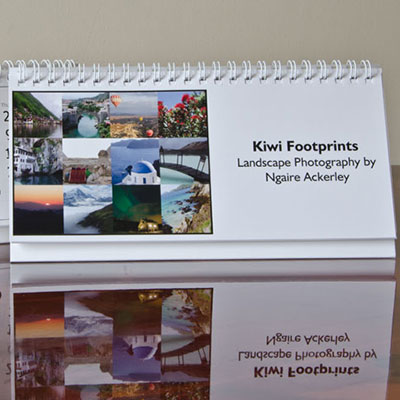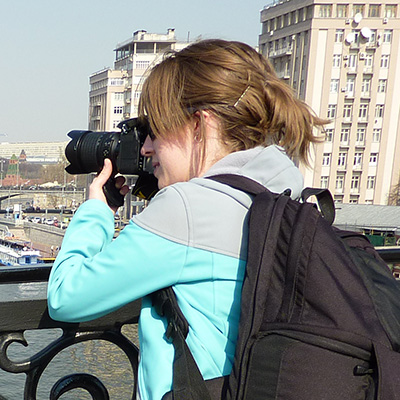Narrative Photography, Part 2: Communication through photography
Posted on: 27 Aug 2012
Written by: Ngaire Ackerley

The human verbal language is not necessarily the primary form of communication. When people are young they see and hear before learning to speak. In terms of language, the visual language is the first known form of communication through seeing and interpreting. Therefore, people can be expected to be able to learn just as effectively through interpreting images as they do through speech and text (Chandler, 2002; Moriarty, 1994).
Photographic Elements and Culture
Colours have different meanings in different cultures, just as various elements of a photograph can have different meanings to a diverse audience depending on aspects such as their knowledge and beliefs.
When capturing a photographic narrative the audience should be considered. If that audience has specific cultural beliefs these need to be researched, so that they will interpret the narrative correctly. If the narrative is to be internationally viewed, simple and widely understood conventions should be used when composing the photograph(s), so that people from a variety of cultures will correctly interpret the narrative (Harrison, 2003; Scott, 1994).

The colour red has different meanings in different cultures. No only does subject matter need to be considered for the audience, but also colour, expressions and other relative conventions.
Interpreting Images
“Photographs often do not activate individual memory directly, but operate through soliciting identification with needs, desires, and circumstances”
(Wells, 2003, p.2)
When someone sees a photograph, elements within that photograph may remind the person of something he or she has seen before. Different experiences, emotions, beliefs and knowledge allow an individual to interpret a photograph in a particular way. A photograph can trigger a certain memory within a person, which can create individual interpretation (Wells, 2003).
A photographer can help form the audiences’ interpretation through various methods of composing photographs, to restrain how they may be interpreted. Extra communication can be interpreted with the combination of individual audiences’ knowledge and a carefully constructed photojournalistic narrative. This combination can hold a very strong communication value.

The well-known building from Auschwitz-Birkenau that many will recognise from various movies and books they have seen or read.
Interested in seeing some examples of narrative photography? Check out Ngaire’s ‘Narrative Space’ album here »
Once a month I plan to blog about Narrative Photography, based on my postgraduate dissertation. So, here’s what to watch out for:
Next month: How people read photographs: Denotative and Connotative aspects of photography and visual semiotics
Last month: If you missed it, the first part of my series of blog posts
Narrative Photography, Part 1: Background »



